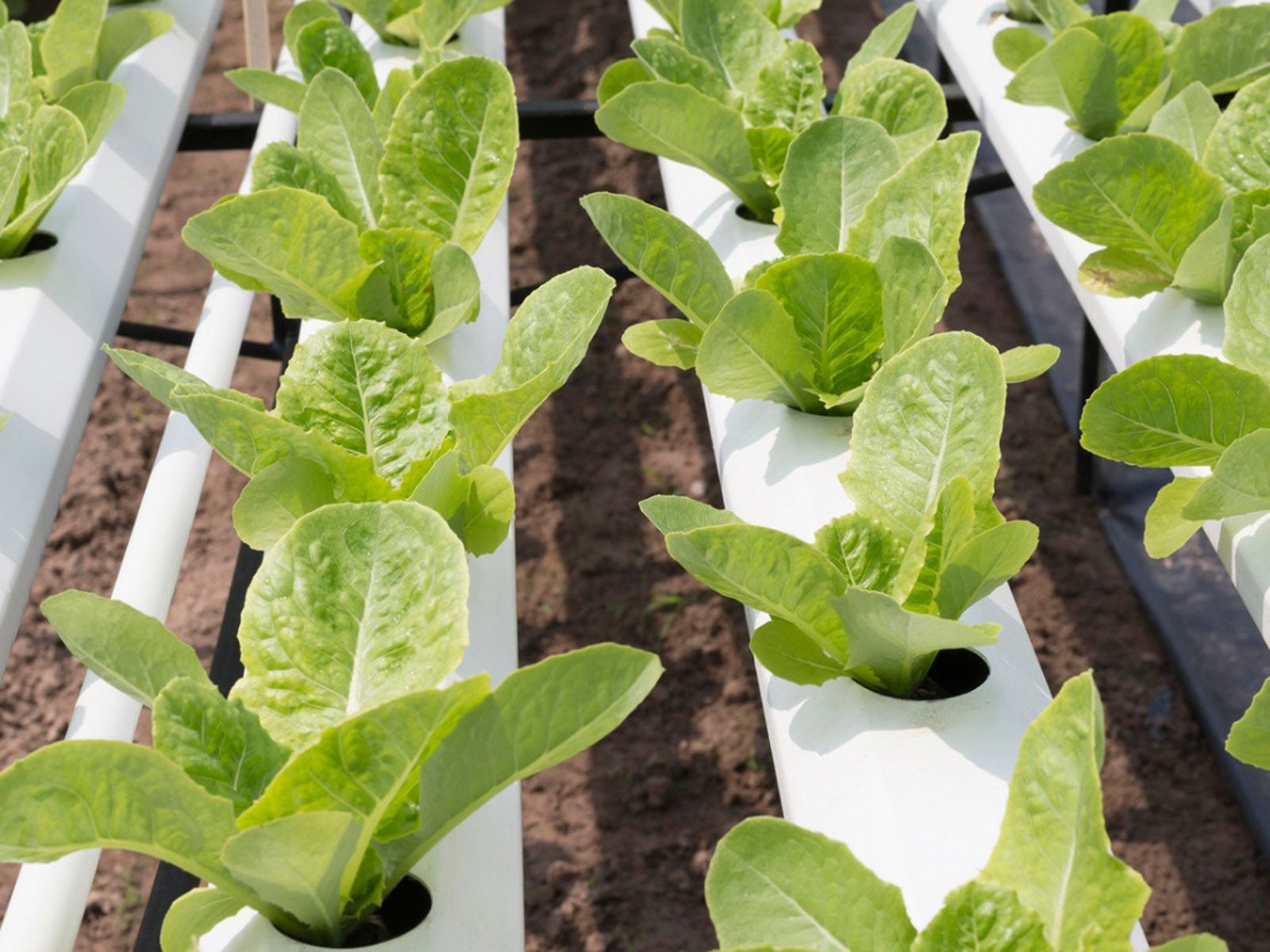Hydroponic Spinach At Home: Growing Spinach Using Hydroponics


Spinach is an easily cultivated garden vegetable which offers excellent health benefits. Unfortunately, many gardeners live in areas where the spinach growing season is limited to spring and fall. In order to extend the season, some gardeners have tried growing hydroponic spinach at home, but with little success.
Some find indoor hydroponic spinach turns bitter. This leaves home gardeners asking, “how do you grow hydroponic spinach that tastes good?”
Hydroponic Spinach Growing Tips
There's no doubt growing spinach using hydroponics is more difficult than other types of leafy crops, like lettuce or herbs. While the cultivation techniques are similar, there are many issues which can lead to crop failure or bitter-tasting spinach. To improve your success rates, try these tips from commercial indoor hydroponic spinach growers:
- Use fresh seed. Spinach can take anywhere from 7 to 21 days to sprout. It's discouraging to wait three weeks only to have poor germination rates due to old seeds.
- Sow four to five seeds per hole. Commercial growers each have their favorite germination medium, but the consensus is heavy sowing guarantees at least one strong, healthy seedling per cell or cube.
- Cold stratify seeds. Place spinach seeds in the refrigerator for one to three weeks prior to sowing. Some commercial growers believe a period of cold stratification produces healthier plants.
- Keep spinach seeds moist. Poor germination rates and unthrifty plants occur when sowed seeds are allowed to dry out during the germination process.
- Don't use seed heating mats. Spinach is a cool-weather crop which germinates best between 40 and 75 degrees F. (4-24 C.). Higher temperatures result in poor germination rates.
- Stagger plantings. To have a continuous supply of fresh spinach to harvest, sow seeds every two weeks.
- Time the transition to hydroponics. Ideally, hold off placing the spinach seedlings into the hydroponic system until the roots have extended out from the germination medium. The seedling should be 2 to 3 inches (5-8 cm.) tall and have three to four true leaves. Harden off seedlings if necessary.
- Control the temperature. As a cool-weather crop, spinach grows optimally with a daytime temperature between 65 and 70 degrees F. (18-21 C.) and night temps in the 60 to 65 degree F. (16 -18 C.) range. Warmer temperatures cause spinach to bolt which increases bitterness.
- Don't overfertilize spinach. Begin feeding spinach seedlings when they're transplanted into the hydroponic system. Commercial growers recommend a weaker solution of hydroponic nutrients to start (about ¼ strength) and gradually increasing the strength. Leaf tip burn indicates nitrogen levels are too high. Indoor hydroponic spinach also benefits from additional calcium and magnesium.
- Avoid excessive light. For optimal growth, maintain 12 hours of light per day when growing spinach using hydroponics. Light in the blue color spectrum promotes leaf growth and is desirable for hydroponic spinach production.
- Reduce fertilizer strength and temperature prior to harvest. The trick to producing sweeter tasting spinach is reducing the ambient temperature by a few degrees and decreasing the strength of hydroponic nutrients as spinach plants near maturity.
While growing hydroponic spinach at home requires more attention than other crops, producing an edible crop from seed to harvest in as little as five and a half weeks makes it well worth the effort!
Sign up for the Gardening Know How newsletter today and receive a free copy of our e-book "How to Grow Delicious Tomatoes".

Laura Miller has been gardening all her life. Holding a degree in Biology, Nutrition, and Agriculture, Laura's area of expertise is vegetables, herbs, and all things edible. She lives in Ohio.